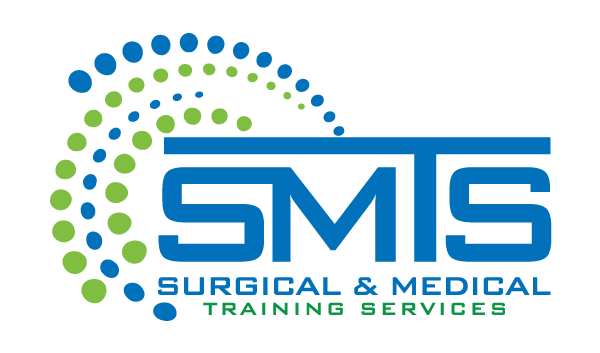Plastic and reconstructive surgeons are under tremendous pressure to achieve optimal aesthetic outcomes for their patients. In the cosmetic realm, there may be no procedure that is more “high-stakes” than rhinoplasty. Tissues must be handled delicately to avoid damage or suboptimal results. Judging by the number of rhinoplasty revisions that take place each year, this is a procedure that requires a high degree of specific skill. Here, we discuss how one study points to the value of cadaver training for plastic surgeons who want to up their rhinoplasty game. According to one poll, it is estimated that over 90% of American plastic surgeons perform at least one revision rhinoplasty each year. Additional training may reduce this number.
Rhinoplasty-specific skills can be obtained in a few ways. The most common model of education is for a plastic surgeon to complete academic training and residency. An additional layer of education is for the surgeon to participate in a cadaver-based program. In one study, researchers at the University of Buenos Aires in Argentina compared these two models to assess how each may relate to rhinoplasty outcomes.
A total of 50 plastic surgery residents participated in the study. Twenty five of the residents had no experience performing rhinoplasty. These participants entered a 40-hour cadaver-based program that took place over two weeks. In the control group were the other 25 residents. These participants did not participate in the cadaver-based training, but instead learned rhinoplasty techniques through an academic program. After the two week cadaver-based training, all study participants performed rhinoplasty on live patients. The surgical procedures were videotaped and assessed by evaluators who did not know the identity of study participants by watching these screenings. Participants were graded as:
- Very good (VG) – performed without suggestions from the staff surgeon; 2 or less attempts
- Good (G) – performed without suggestions; up to 3 attempts
- Acceptable (A) – suggestions needed; more than 3 attempts
- Not acceptable (NA) – suggestions needed; assistance needed.
The results of the study were an impressive testament to the value of cadaver training for rhinoplasty.
- 76% of cadaver-based participants scored “very good” as opposed to 4% of the control group.
- 16% scored “good” as opposed to 32% of the control group.
- 8% scored “acceptable” as opposed to 48% of the control group.
- 16% of the control group was graded “not acceptable.”
SMTS – Surgical & Medical Training Services is proud to be a premier cadaver lab with nationwide facilities and mobile labs. Call (888) 801-9444 or contact us here for more information on our services.

